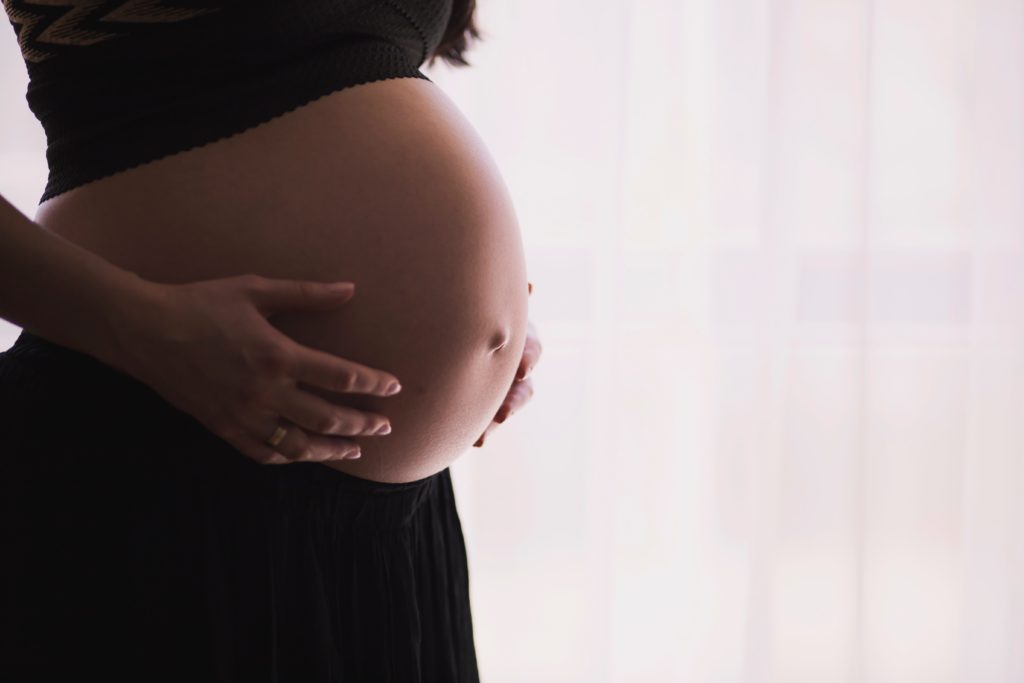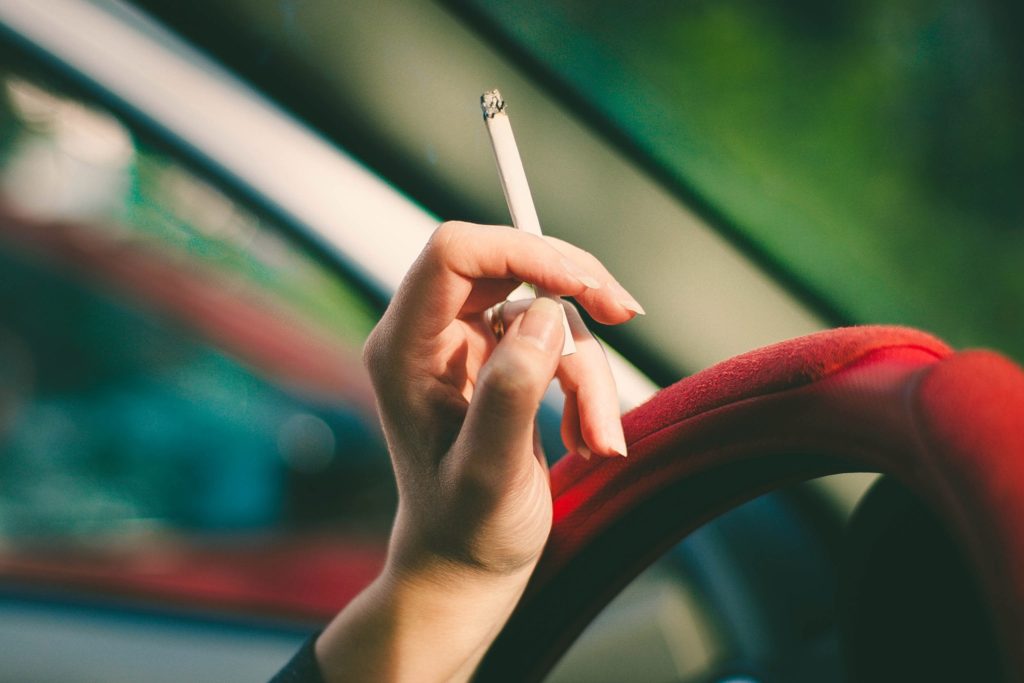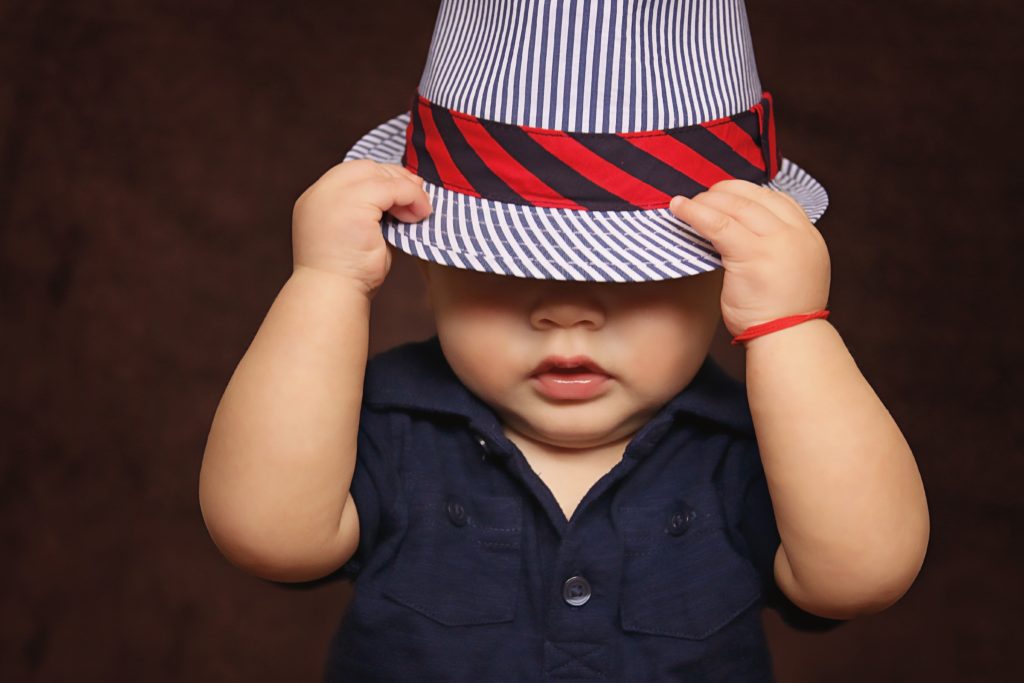According to the CDC, although there has been a decrease over the last ten years, 37.8 million adults smoke cigarettes. Tobacco smoke in cigarettes, cigars, and pipes have more than 70 chemicals that are known to cause cancer. It is extremely important if you are an adult who smokes or while having any family that smokes to know of the risks to children’s health. It’s also important to take precautions and understand the risks of fire safety, due to smoking.
Smoking While Pregnant
Smoking during pregnancy can cause many health concerns for the unborn baby. Women who smoke while pregnant are more likely to have a miscarriage, premature birth, low birth weight, and even certain birth defects such as a cleft palate or lip.
E-cigarettes during pregnancy, although they have less chemicals, are still unsafe to use during pregnancy. Nicotine can cause damage to a developing babies brain and lungs. It is best for any expectant mother to cease smoking while pregnant for the safety of the child.

Secondhand Smoke
The dangers of secondhand smoke, smoke you breath from being around someone smoking, can have many harmful effects to babies and children. According to HealthyChildren.org, secondhand smoke causes deaths to around 3,000 adults a year from lung cancer. If deaths can be due to secondhand smoke to adults imagine the side effects and health risks children are in due to secondhand smoke every year.
Secondhand smoke causes a greater risk for many different health concerns in babies and children. Including greater number of ear infections, coughs and colds, respiratory problems, and tooth decay. Long-term effects of secondhand smoke include lung development problems and lung cancer.
Secondhand smoke may not be in the child’s home. Often times children are not exposed to second hand smoke at home but out in public, or in family or friends homes. It is important, no matter where your child is to limit any secondhand smoke exposure. This includes not letting them be around people smoking. This may include not going to homes where smokers smoke inside.
Thirdhand Smoke
Thirdhand smoke is something we don’t really hear of often but is definitely another factor to consider. Thirdhand smoke is residual chemicals that is left on indoor surfaces exposed to smoke from a cigarette. This includes, carpets, couches, blankets, clothes, etc. Thirdhand smoke builds over time and cannot be disposed of by simply airing out a room or home.

With the build up of these chemicals possible it is very important to never smoke inside. Whether you smoke yourself or family members smoke it is important to always be in open air. In order to protect children from thirdhand smoke, if you are a smoker, do not smoke in your home. If you have family or friends that smoke in the home limit time and exposure to the home. Always cover as much as possible with clothes, keep shoes on, wear long sleeve and long pants. Ask that the smoker not smoke while you visit. As soon as the visit is over, shower and wash clothes you and the child wore.
Fire Risks Due to Smoking
Smoking can cause fire and fire deaths. No matter, however if you are a smoker or not there are several things to put into place in order to prevent fires in your home.
- Do not smoke in the home, cigarettes, lighters, and the ash are all able to start a fire in the home.
- Install smoke detectors according to state building code and check they are working at least every six months.
- Never leave a burning cigarette unattended. This is important in case of fire due to something accidentally coming in contact with the cigarette, but also with small children around there is a risk of them getting the cigarette and burning themselves.
- Do not smoke around flammable materials.
- When smoking outside dispose of cigarettes and ashes responsibly.

Smoking is unsafe and a leading cause of lung cancer worldwide. Children are at higher risk to health concerns because they are small and still developing. It is important to diligently protect babies from contact from tobacco smoke.
Sarah
Similar Posts:
18 Dos and Don’ts for a Safe and Healthy Pregnancy

